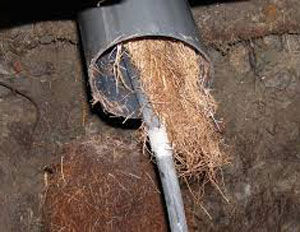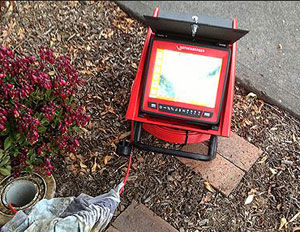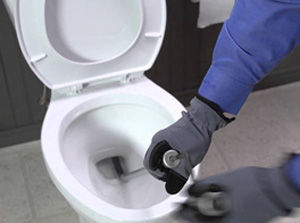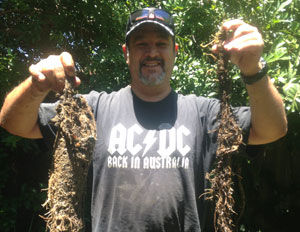
GENERAL REPAIRS
Waste pipes and traps are a vital part of your home's drainage system. Most modern systems use plastic pipes and fittings. If your sink, basin or bath is draining slowly, try to fix it straight away. If you don't, it might become more difficult to fix.
Waste pipes are bigger than supply pipes. Hand basins have a 32mm waste outlet pipe; showers, washing machines, sinks and baths a 40mm pipe; and toilets a 110mm pipe (the same size as a modern soil stack).
Another important difference is that waste pipes must slope downwards at the rate of at least 20mm in every metre to ensure the water runs away freely. In the past they were made of lead, but modern systems are just made of plastic. Depending on the type of plastic used, the pipes can be joined by simple push-fit connectors that contain rubber ring seals, by compression-type connectors with rubber 'olives', or by solvent welding - using specially formulated solvent cement that softens the plastic and dries to form a strong, watertight joint.
Cut plastic waste pipes with a hacksaw, then remove the burrs inside and out with a half-round file before you fix them. Solvent-weld fittings are neat but permanent - so while they're ideal on visible pipework, it's better to use compression fittings under and behind your sinks so you can take them apart again for cleaning and unblocking. When you run pipes along an interior or exterior wall, it's a good idea to hold them in place with waste pipe clips - which you can get in lots of different colours and sizes. Use wall plugs and screws to attach the clips to a masonry wall, or hollow-wall fixings on plasterboard. Don't forget to check for hidden pipes and cables before you drill.

Installing new Pipes





CCTV









